I have never complained about such expansion, but, being 'in the trade' (Highways / housing etc. within local authorities for many years) I have noted some patterns, perhaps, better called 'observations' or ... points ... I'd like to share.
The propensity to be frugal in the short term leads to long-term losses:
LA's lose enormous amounts of money and cause many problems in the long term, when agreeing to developers plans for services to these new homes... and to see it happening repeatedly is a little frustrating to say the least.


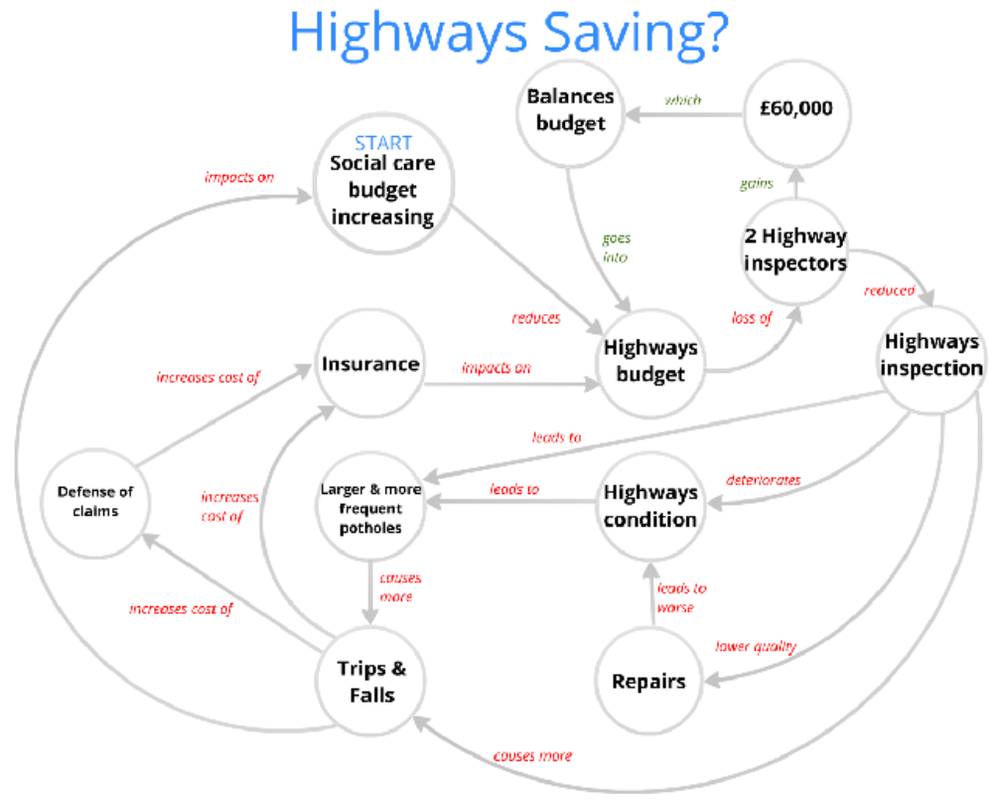
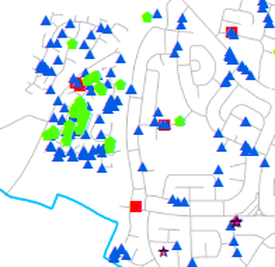
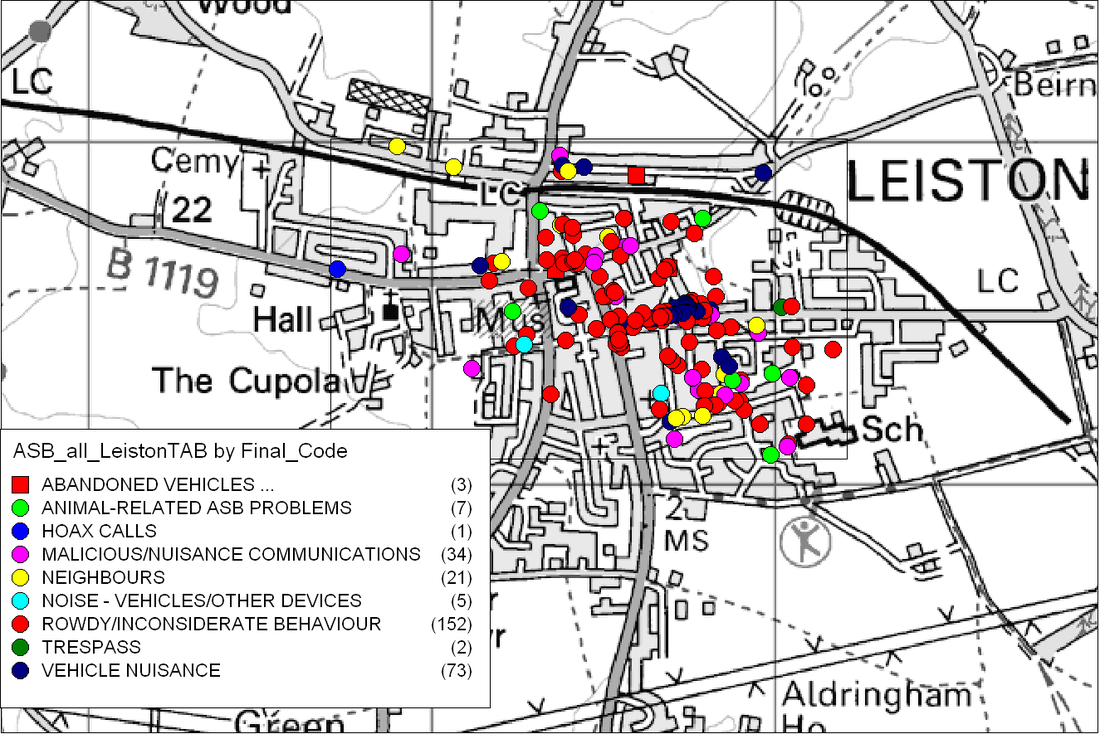
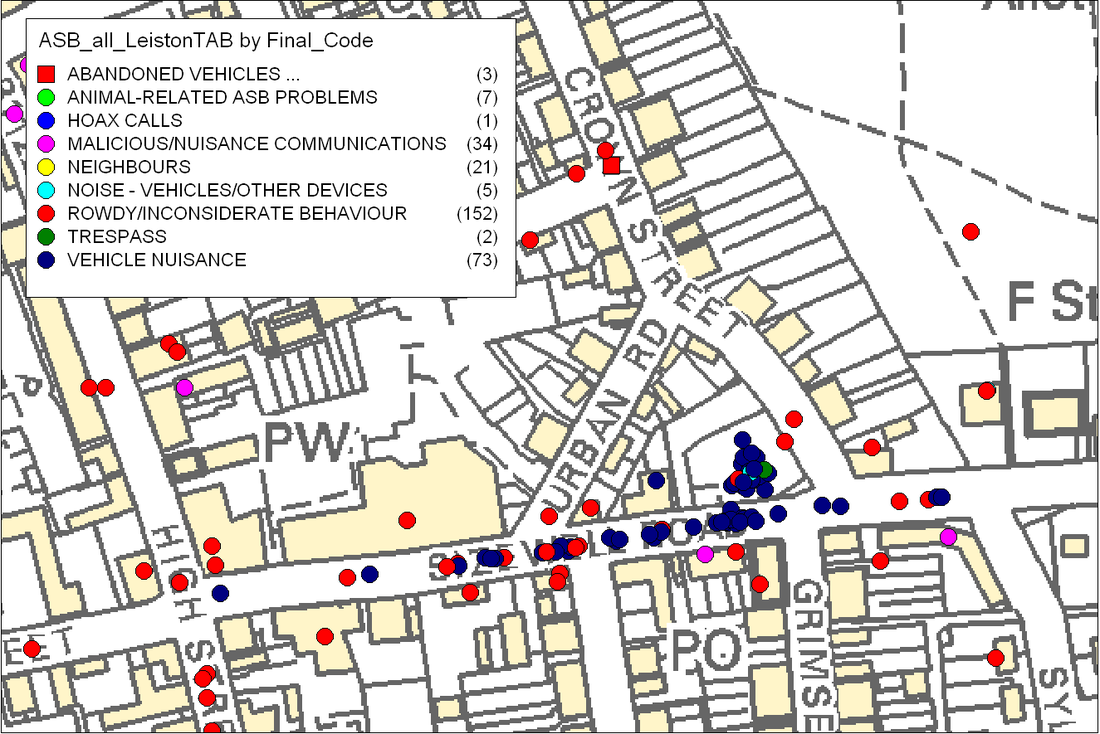
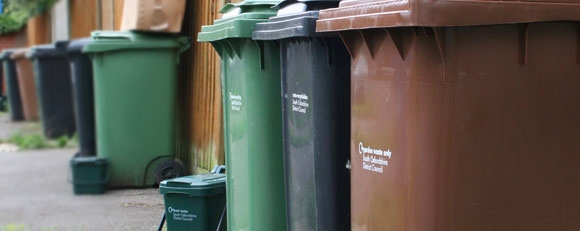
 RSS Feed
RSS Feed